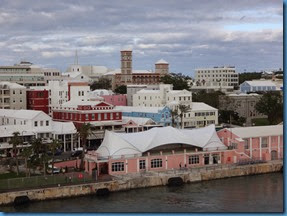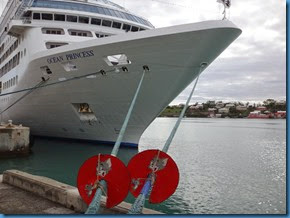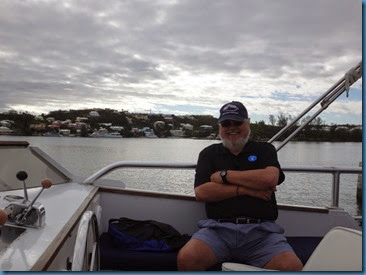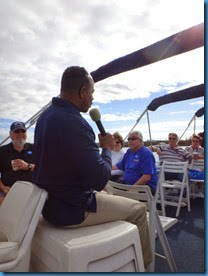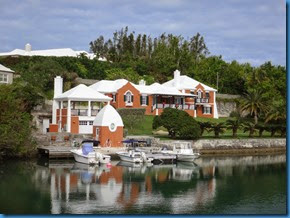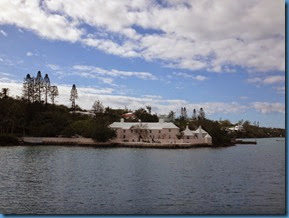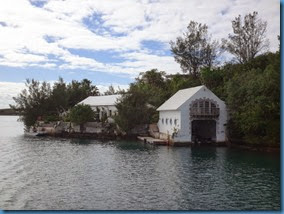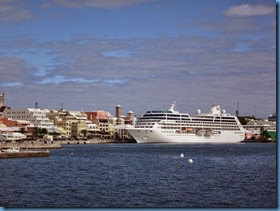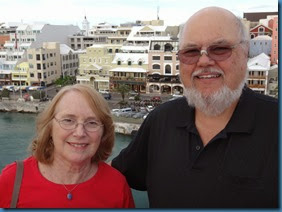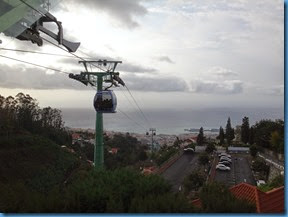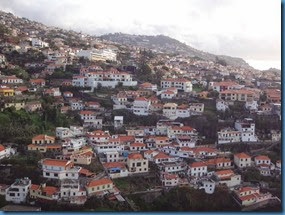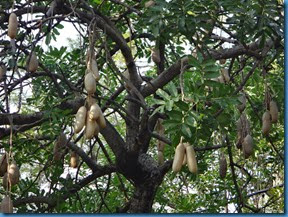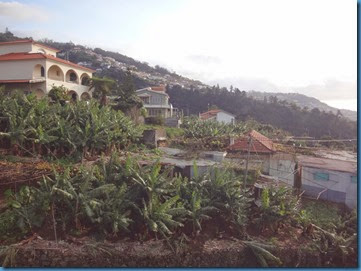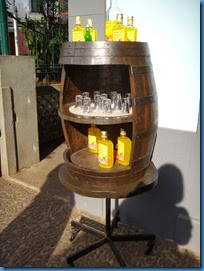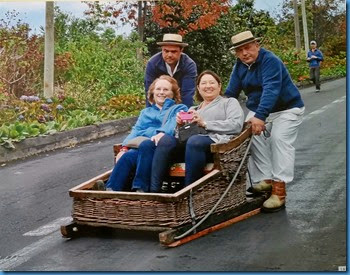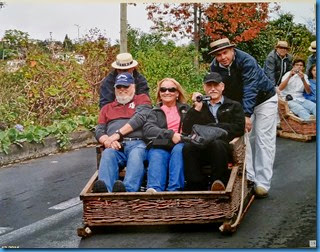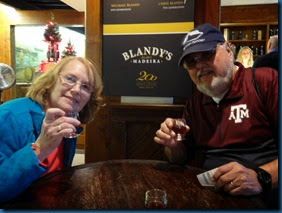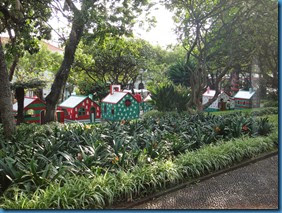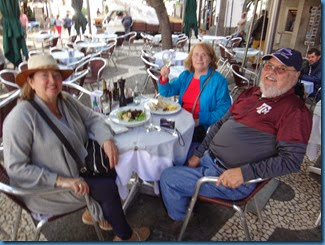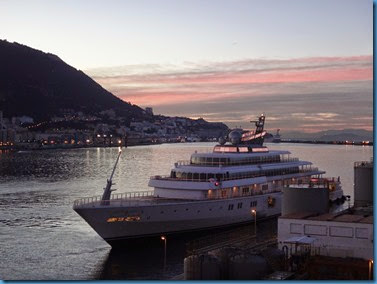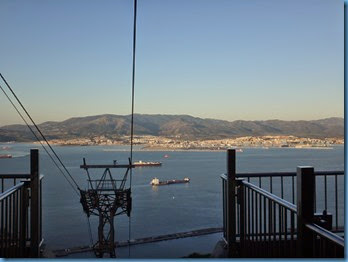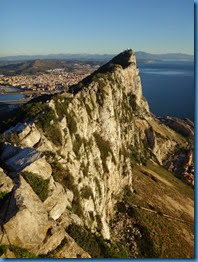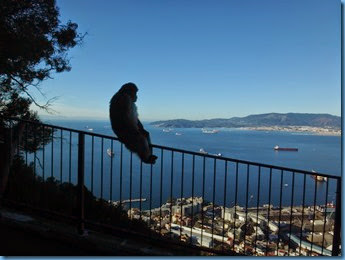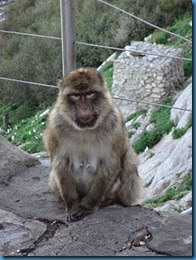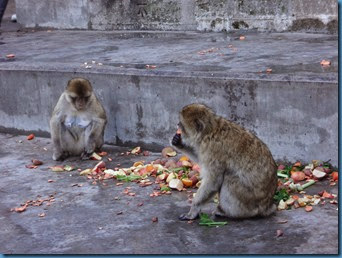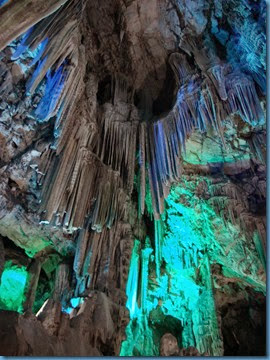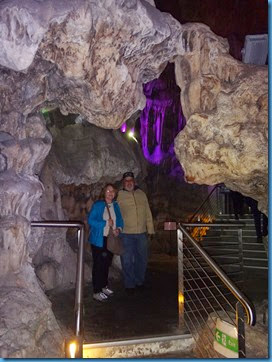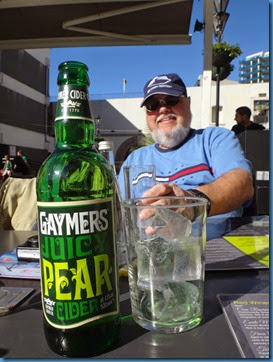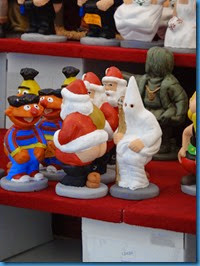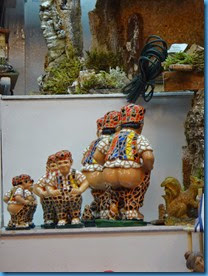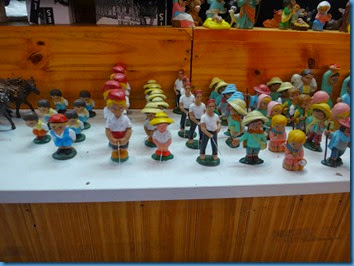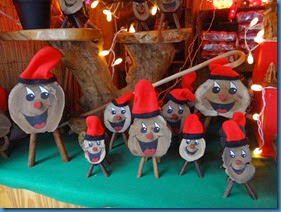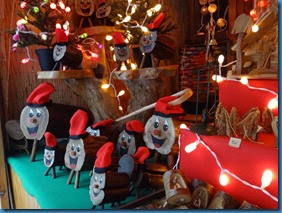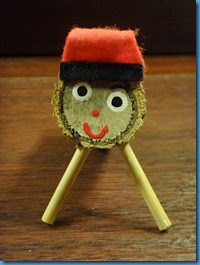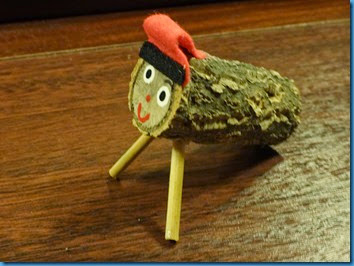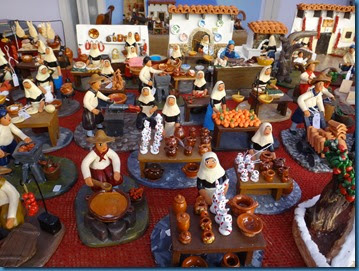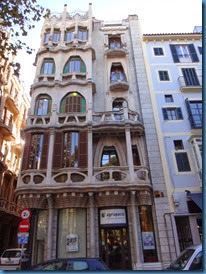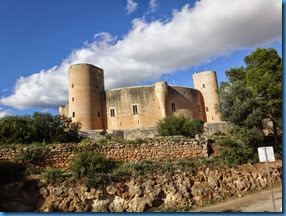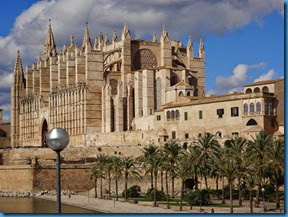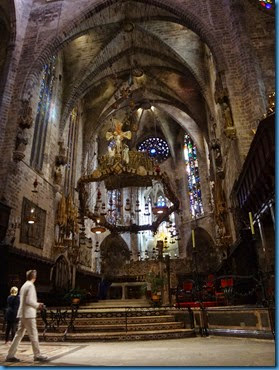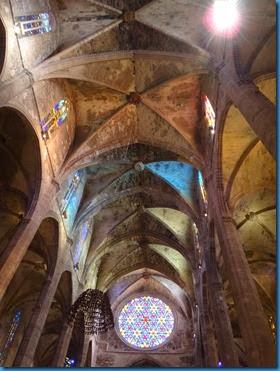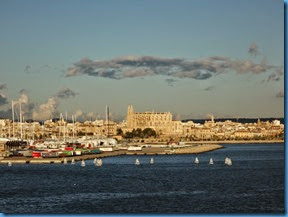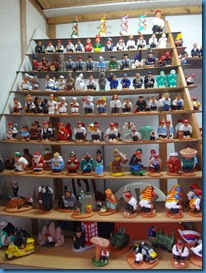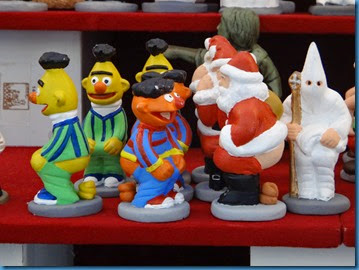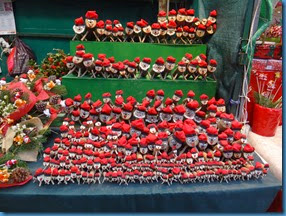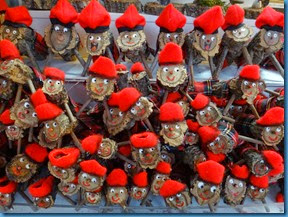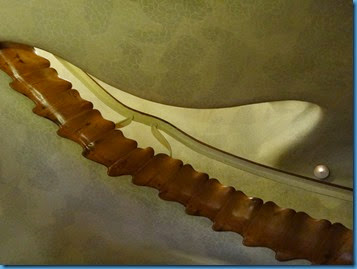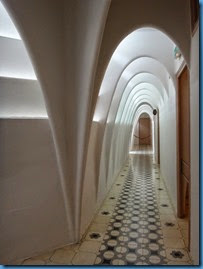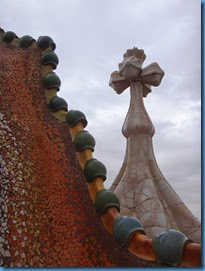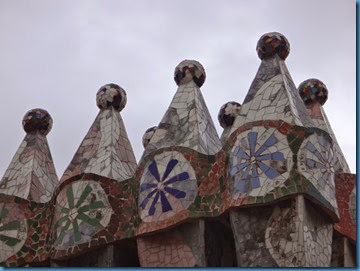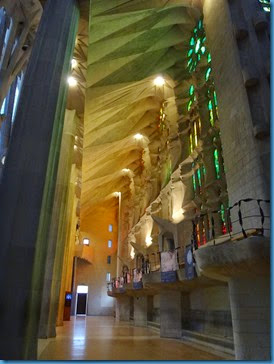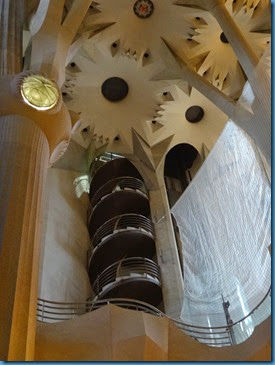… where everything is pinkish – the sand, the houses, the shorts! As we disembarked, the mouse shields on the tie ropes had an unexpectedly humorous message!
After six relaxing days at sea, we reached Bermuda. Bermuda is like a lovely postcard, filled with magnificent multi-million dollar homes. We took a boat cruise around the harbor and along the main roads in the island, seeing the estates and hearing a bit about the owners.
From the boat’s owners, Tammy who narrated the tour and her husband who sang Bermudian songs, we learned that John and Yoko Ono had visited Bermuda and liked it so well they settled in for a lengthy stay. In Bermuda, the rich and famous are everywhere, so they all blend in and can live ordinary lives. Non-Bermudians can’t buy property in Bermuda UNLESS it is expensive – in the $10M and up range. This keeps the riff-raff out. Who knew?!
Bermuda is still part of the British empire, although it recently adopted its own currency, the Bermuda dollar, which is currently worth a US dollar. US dollars are taken as payment everywhere. Bermuda is actually a group of about 140 separate islands; even the main island is actually a group of islands, connected by causeways and bridges. That island is only 22 miles long and about a mile and half wide.
One of the most spectacular homes belonged to Dr. James Martin, a computer guru and multi-millionaire who unfortunately died mysteriously last year in the waters off Agar’s Island, where the home is located. In his 1978 book, The Wired Society, Dr. Martin is credited with predicting the internet revolution. His home features a 300-year old Balinese temple, as well as features of the former British Army barracks and gunpowder store from the 19th century. We spied a huge old anchor and other relics recovered from the waters just off the island. The boathouse and caretaker’s cottage looked like a lovely enough place to live!
Our cruise took us through some narrow straits, and showed several of the smaller, uninhabited islands. Anything which can sustain a tree of 3 feet or more is an island; the rest are simply rocks, most of which have names. The Bermuda government owns many of the islands and opens them to the public as recreational parks. A boat is essential to survival in Bermuda. Tammy also told us that although Bermuda is renowned for its pink beaches, very few Bermudians actually go to the beach to go swimming; they simply jump in the water wherever they are, off a dock or a boat.
Two hurricanes hit Bermuda in one week this fall, leaving behind some debris. But the islands look remarkably unscathed. Clean-up has been swift as you would expect in a wealthy country where re-insurance (don’t ask me what that is) is the main business. Banking is another major business. Is Bermuda one of the “off-shore” places people refer to when sheltering money? No; according to Wikipedia, Bermuda came off the OECD grey list of off-shore tax havens in 2007. It was previously known for its banking secrecy and low tax rates for foreign investments. Hmmmm….
From the deck of the Ocean Princess, we bid farewell to Bermuda and set sail for Ft. Lauderdale, two days away. What a fantastic way to spend December!
